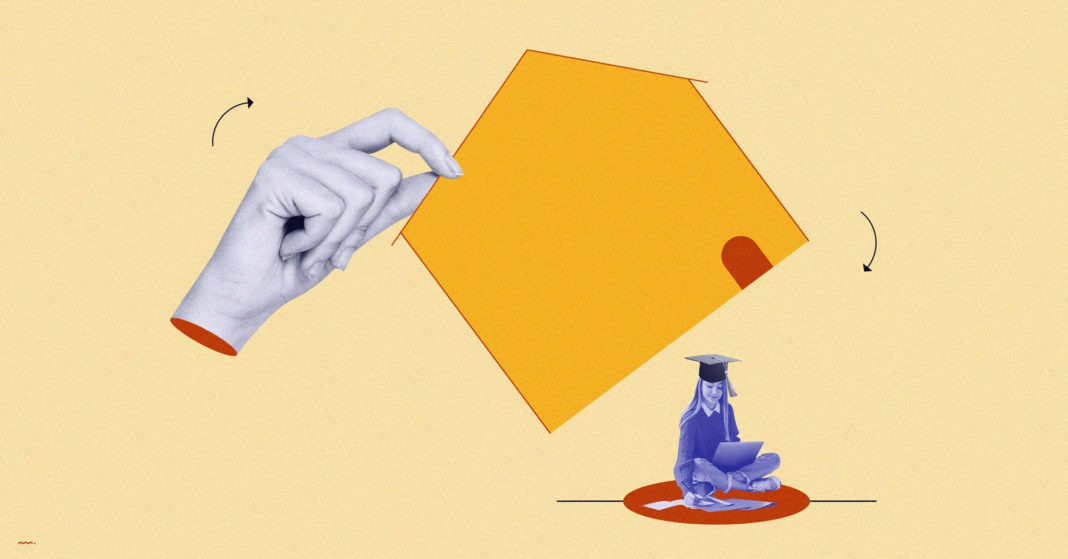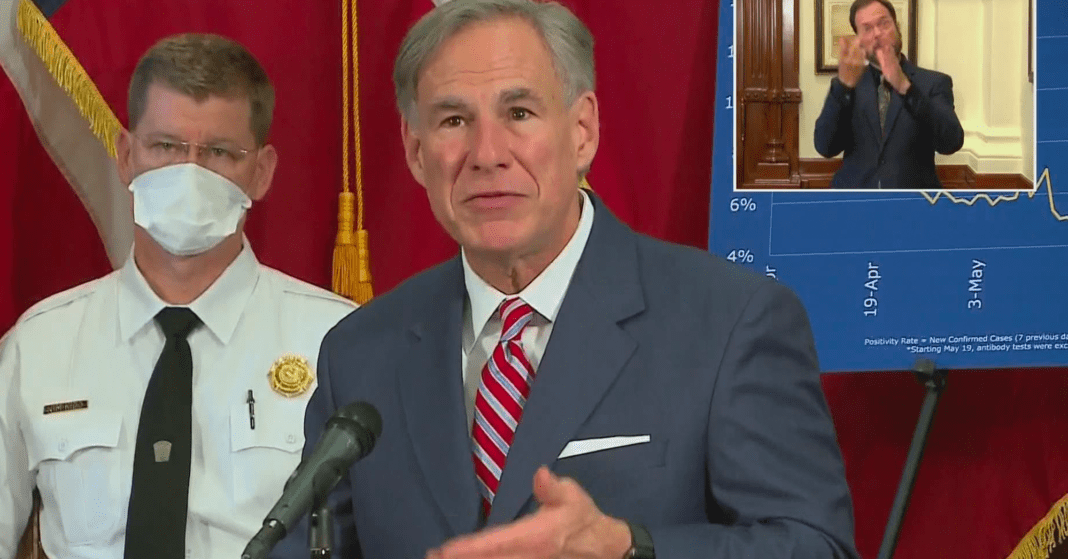College students this fall will have one more thing to add to their back-to-school checklists: in addition to registering for classes, ordering textbooks, and setting up their dorm rooms, they’ll also need to have a negative COVID-19 test result.
College students might be wondering or worrying: How will I get tested? Will it cost money or will it be free? How does the university validate the tests? And what if I’m a student from out of state?
In Texas and across the country, colleges and universities are adding testing measures to a long list of precautions they’re taking to try to curb the potential spread of the virus this fall.
These precautions range from new dorm room reconfigurations and amended rules in dorms about visitors, shared spaces like community bathrooms and study halls, relaxed SAT and ACT requirements for admission, and university bookstores stocking the mandatory masks.
But the testing requirements for the initial return to campus are unclear across the state. Many universities — such as Baylor or Prairie View A&M University — have clearly stated that students won’t be allowed back if they don’t provide a negative test result, and if they don’t, they’ll be required to self-quarantine for 14 days.
At other universities, it’s less clear what the requirements to return are. Instead, it seems that most Texas universities are handling precautions differently depending on their student and campus size.
Initial Testing Plans
In some cases, like at Baylor, universities are mailing test kits to students to send back to a lab before classes start. For Baylor, this means testing 18,000 students with just a little over two weeks before the start of the semester.
Rice University plans to test students before they report to their room assignments in a free two-step process. Rice has contracted 60,000 tests for the fall semester and will also test a large portion of their community with priority based on high risk and potential exposure.
This is especially important as Orientation Week activities — which will be in a hybrid virtual and in-person format and are a key component to student life at Rice — begin and leaders and administrators return to campus.
But the issue with routine or initial testing is the amount of time it takes to get a test result back, which can vary from 24 hours to a few days depending on where you get it, if it’s on campus, or has to be mailed to a lab. There’s also the reality that a test only shows a small time frame when someone is infected or not.
“You and I can be tested tomorrow, and tomorrow or in two days, we could test positive, so making it a requirement to test everybody as they come back to school doesn’t make a lot of sense,” said Gerald Parker, an infectious disease expert and director of the biosecurity and pandemic policy program at Texas A&M’s Bush School of Government and Public Service, to the Houston Chronicle.
Testing After the Semester Starts
To keep students safe, most university testing won’t stop once students arrive and classes start.
Once the semester officially begins, Rice University will randomly screen students weekly and isolate students who test positive in a separate on-campus dorm.
Texas A&M — which has substantially more students than Baylor, at a nearly 70,000 strong student body — also plans to do routine testing and monitor the results closely.
The Texas A&M system will send about 15,000 test kits to its 11 college campuses each month and will have a central location for free testing for students, faculty and staff, officials said.
Cost of Testing
Testing at universities like University of Houston, Rice and Texas A&M will be free to students, but is costing the universities millions in supplies. The Texas A&M University system has set aside $16 million for testing with a potential FEMA reimbursement up to 75 percent. The cost per student per test is about $150, which could mean more than $2 million a month for the university.
And the supplies contracted by universities are limited, too, so administrators are also encouraging students to utilize their own insurance plans if they have them or get a test at home before returning to campus. Many universities are organizing student testing info through online registration systems.
Not all universities will offer free testing, though. Tests at the University of Texas at Austin will cost students $88 for a viral test and $53 for an antibody test.
Student Life Changes
For out-of-town students, Rice University is setting an example by staging new student arrivals on staggered days in its operational timeline. Houston area students arrive for “O-week” and drop off their belongings at dorms a few days before out of town students.
Add face masks and thermometers to the list of dorm staples: Texas students are encouraged — like at Rice — to be prepared, or even bring a folding chair and insect repellant in case they have to attend classes in an alternate outdoor venue for social distancing.
Universities are also taking significant safety measures around their campuses. Plexiglass dividers at the library or in shared community bathrooms and handwashing and hand sanitizer stations are now a normal sight.
At Sam Houston State University, blue lounge chairs in the student center are flagged systematically with colorful checkmark and “x” stickers to remind students to social distance — a visible reminder that the fall semester will be unlike what students have experienced before, and for freshman: a whole new world, in more ways than one.








